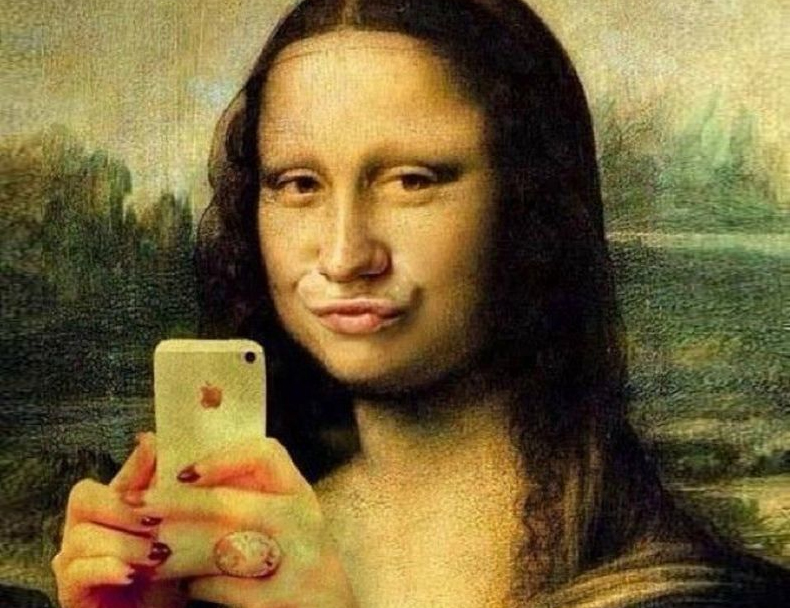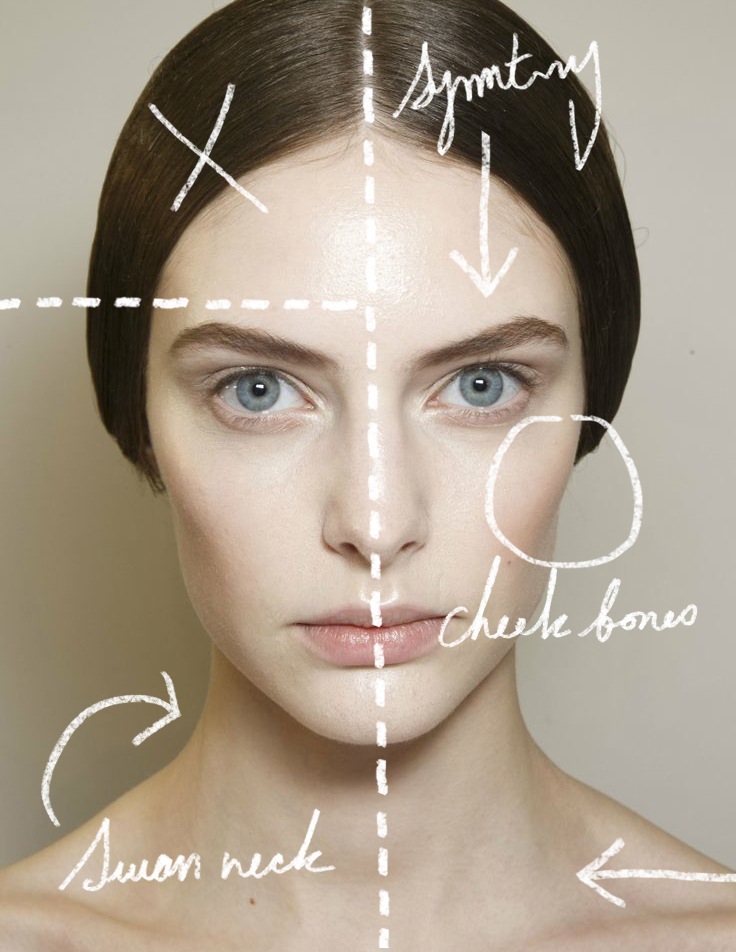
Most of us, at one point or another, will look at a picture of ourselves and cringe. “Oh my god, do I really look like that?” The question shoots through your head as your self-esteem drop to the floor. But have you ever stopped to wonder why we put so much trust in that two dimensional image? Have you ever wondered whether your camera might be lying to you?
The photograph is the single most powerful manipulation tool on the planet, if only because of how simple it is. An image has the power to move us in an unimaginable number of ways. It can make us cry, it can make us angry, it can make us buy something we don’t really need, it can make us dream of a better life. Not even video can match the photograph’s particular flavor of voodoo, simply because of how much more difficult it is to manipulate reality in a moving image than something static. We all know this, it’s nothing new or radical to suggest that most of the images you see around you are created with the specific goal of manipulating you, but it makes you wonder why we continue to trust photographs as much as we do.
As a culture we’ve elevated the photograph to great heights. After the mirror the photograph has become the single most popular measure of how we think we look to others. Before we go out we’ll take a selfie to check how we look, in the changing room we’ll pull out our phones to take a quick snap of our outfit, we’ve let the photograph into the inner circle of our lives, and trust it to tell us how we look to others. We forget just how easily the camera twists and distorts reality. We all know that you don’t need to be anywhere close to perfect for the camera to photograph you perfectly. You don’t need to be skinny, or tall or smooth and polished to appear that way. It’s camera magic, and we’ve been under its spell so long, we’re starting to forget the difference between what’s real and what’s photogenic.

After the mirror the photograph has become the single most popular measure of how we think we look to others, but your beauty goes beyond a simple two dimensional representation. You are your movements, your grace, posture, your voice, your kindness, your wit, you smell. You are an accumulation of a million things the camera simply cannot see.
Take a look at the images above by London-based artist Jonty Hurwitz who creates strange anamorphic shapes. The twisted and confusing structures suddenly take on meaning and become beautiful when viewed through a controlled perspective, usually reflected in a chrome cylinder. Intentionally or not, Hurwitz’s work perfectly embodies the philosophical question of how we’ve grown to understand beauty as something still and flat, something framed by a screen and illuminated by pixels. Aren’t photogenic people exactly like Hurwitz’s sculptures, with bodies and faces shaped in exactly the right way so that when viewed through the camera, they appear ideal? Perhaps in an alternate universe in which all cameras record reality the way that Hurwitz’s chrome cylinders do, the ideal beauty would be a warped, stretched and unrecognizable mass. Step back and consider being photogenic for what it is, a shape and form that records particularly well through a mechanical device. What does that say about how much we’ve internalized the digital screens around us?

You cringe looking at photos of yourself because you think that a picture is an honest reflection of what you look like. You think that beauty is a static, fixed quality that you either posses or you don’t. But decades of research reveals that beauty simply doesn’t work that way.
Studies support the idea that a photograph only shows you a fraction of what we consider physically beautiful about a person. You cringe looking at photos of yourself because you think that a picture is an honest reflection of what you look like. You think that beauty is a static, fixed quality that you either posses or you don’t. But decades of research reveals that beauty simply doesn’t work that way. In one study, published in the Journal of Social Psychology, researchers found that “an individual’s attractiveness encompasses much more than simply her or his physical qualities…a great deal of empirical research has suggested that beauty is a multi-faceted feature that should include variables of dynamic attractiveness.”

Dynamic attractiveness is something the researchers talk a lot about, these are qualities that are nearly impossible to capture in a photograph, like body language, sense of humor, charisma, tone of voice and physical energy. Have you ever met someone that you were largely indifferent to physically, but then the more you got to know them the more attractive they became? Have you ever met someone everyone thought was attractive but you just didn’t see it? That’s dynamic attractiveness at work. It’s real beauty beyond the photograph. It’s something much harder to fake, commodify, and manipulate.
In a study by Dr. Ronald Riggio, he and his team brought college students into a lab where they were videotaped and photographed speaking and meeting with people who were going to rate them on their physical attractiveness. They found that dynamic qualities of beauty predicted who was going to be rated as beautiful far beyond the effects of static qualities of beauty. In this sense, what makes you beautiful goes far beyond a simple two dimensional representation. You are your movements, your grace, posture, your voice, your kindness, your wit, you smell. You are an accumulation of a million things the camera simply cannot see. Our cultural definition of beauty needs to be expanded to include a person’s dynamic qualities.

If the research is any indication, kindness will make you as beautiful as makeup, or a new haircut. Which is a good thing, since kindness takes less time, and a lot less money than reinventing your whole look.
It’s a major paradigm shift. It has the potential to truly change the way we think about human beauty. The camera shouldn’t be the measure by which you judge your appearance. It’s a intake to assume that what the camera sees is necessarily an accurate representation of how you, or anyone else, looks. “Dynamic expressive style might compensate for lack of static physical attractiveness,” explains Dr. Riggio, “there are plenty of people who are not classically beautiful or handsome, but are still very attractive to others.” So maybe, just maybe, we should all stress a little less about what shampoo to use, and which shade of lipstick to wear, and try a personality upgrade on for a change. If the research is any indication, kindness will make you as beautiful as makeup, or a new haircut. Which is a good thing, since kindness takes less time, and a lot less money than reinventing your whole look.



